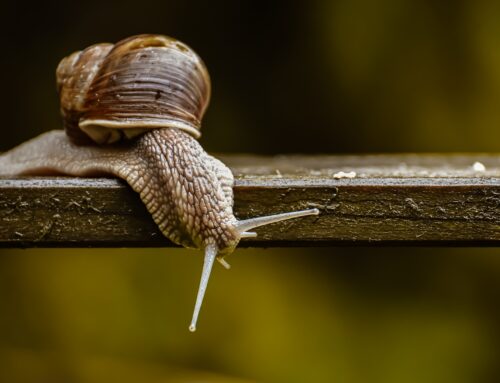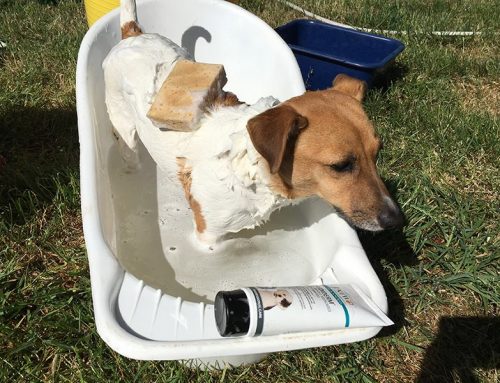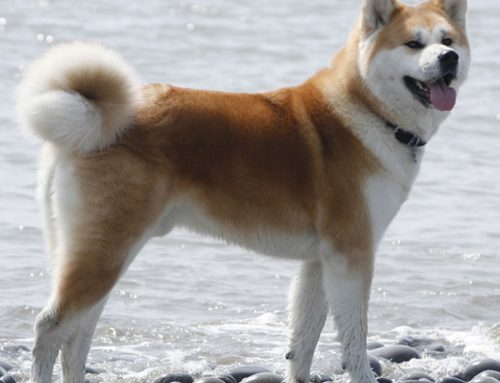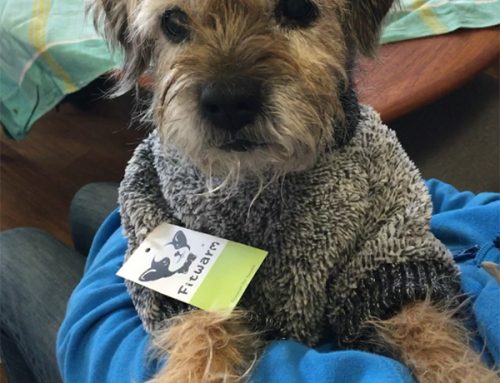
Bengal Cat sitting in Garden
The Bengal cat has only recently become the subject of more widespread recognition, despite having a linage traceable to the early 1930’s. The Bengal is a cross of the Asian Leopard Cat (Bengalensis) and domestic cats. The very first mention of this cross breeding is actually from a publication in 1889, Our Cats and All About Them. Confirmation of the existence of the crossbreed was in 1934, with a Japanese publication in 1941 covering an article on one which was owned as a pet.
Later in the 1970’s crossbreeding occurred again in genetics research studies due to the supposed immunity to Feline Leukaemia in Asian Leopard Cats. Several parties began breeding these cats outside the study when the original scientist took ill and gave the cats up. By 1983, they were recognised by The International Cat Association and breeding of Bengal to Bengal and the addition of Egyptian Mau lines domesticated the breed.

Brown Rosette Bengal (Gold/Copper)
The most striking feature of these cats are the prominent exotic looking markings. Bengals can have spots and rosettes like the Asian Leopard Cat which only occur along the back and sides, or a marble pattern. The rest of the cat has distinct stripe patterns. The beautiful coats come in gold/copper (brown-spotted) and silver (snow-spotted) colours. Due to the crossbreeding, Bengal cats are typically larger than most house cats with big males weighing in at 6.8 kg. The smaller female can be anywhere from 3.6 to 5.4 kg.

Silver Snow-Spotted Bengal
The Bengal cat is low maintenance, with minimal shedding and grooming requirements. More recently however, there are semi-longhaired Bengals being born to later generations. For companion pets, it is recommended to purchase at least a fourth generation Bengal, due to a wilder natured temperament in earlier generations. These later generations are loving pets who require lots of attention and enjoy playing in water. They are a generally healthy cat, though in 2011, autosomal recessive disorder was found in the breed, leading to blindness with in the first year of life in affected cats. They may also rarely suffer heart disease, but otherwise need the same care as other domestic cats.

Silver Marble Bengal




